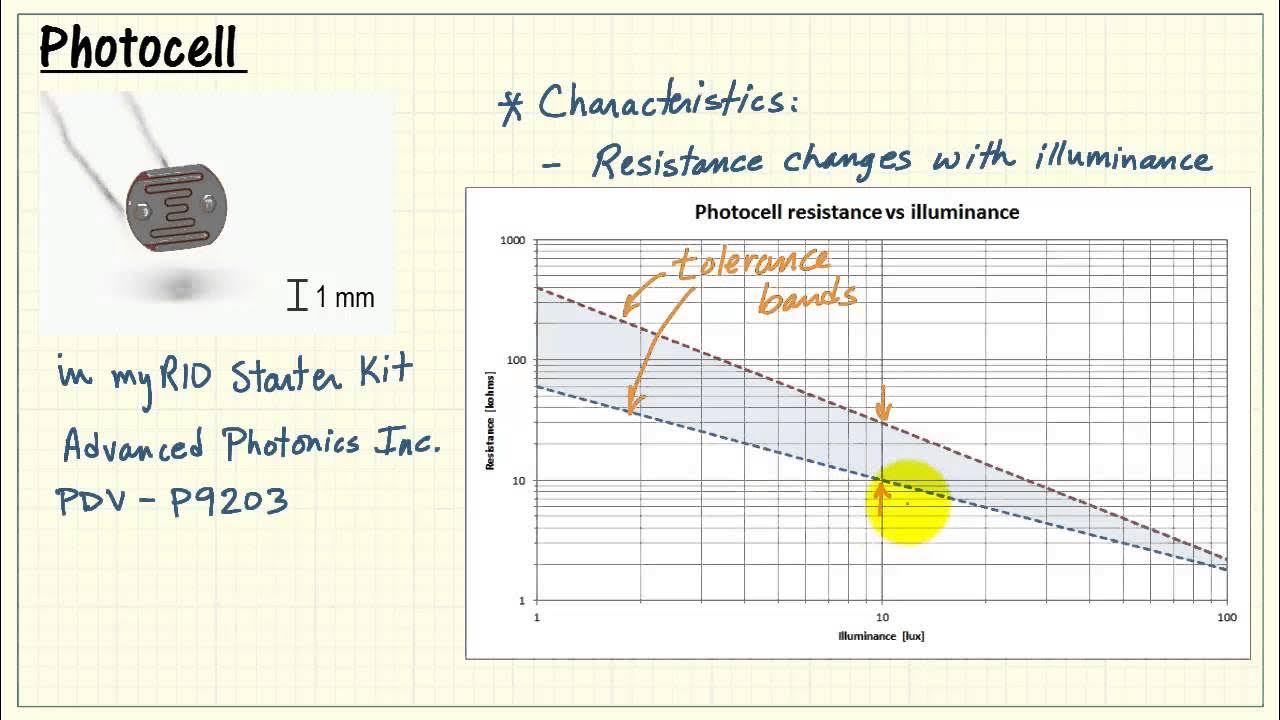Lumen Method Lighting Calculation Example
Summary
TLDRThis educational video script explains the process of calculating the number of light fixtures needed to achieve a desired illuminance level in a room. It covers key concepts like the utilization factor, light loss factor, and the impact of room color and finishes on light reflection. The script provides a step-by-step example using an 8x5 meter room with a target illuminance of 200 lux, demonstrating the formula rearrangement to find the required lumen output and the number of lights. It also discusses the efficiency of LED lighting compared to fluorescent, and the importance of maintaining light fixtures for optimal performance.
Takeaways
- 🔆 The video explains how to calculate the number of lights needed to achieve a certain illuminance level on a surface within a room.
- 📐 The formula for calculating the number of lights involves the illuminance, floor area, luminous flux of the lights, utilization factor, and light loss factor.
- 🕯️ The utilization factor accounts for the reflective properties of the room, such as wall color and finish, and the number of windows.
- 🧹 The light loss factor, also known as the maintenance factor, considers how often the lights are cleaned and their performance over time.
- 💡 LED lighting is more efficient and has less light loss compared to fluorescent lighting, especially if the fittings are cleaned regularly.
- 👀 The intensity of LED lighting can be too harsh for some people, but it's generally more efficient than fluorescent lighting.
- 📝 An example calculation is provided to determine the luminous flux required to illuminate a room measuring 8 meters by 5 meters with an illuminance level of 200 lux.
- 🛠️ The formula is rearranged to solve for the luminous flux (F), which is key to determining the number of lights needed.
- 🔍 The video provides a practical example using an office area and a 600 lumens LED panel light to calculate the number of lights required.
- ⚙️ For different activities, recommended illuminance levels vary; for example, general office work areas may need 500 lux, while supermarkets might require 1000 lux.
- 🏭 The video also simulates calculating the number of lights for an engineering workshop with a requirement of 1000 lux over an area of 20 meters by 10 meters.
Q & A
What is the purpose of the formula discussed in the video?
-The formula is used to calculate the number of light fixtures (lumps) needed to achieve a certain illuminance level on a surface within a room area.
What are the two factors that account for the reduction in light output over time?
-The two factors are the Utilization Factor and the Light Loss Factor, which account for the light's deterioration due to dust accumulation and reduced performance over time.
What is the significance of the Utilization Factor in lighting calculations?
-The Utilization Factor takes into account the color of the room, the type of wall finish, the number of windows, and how reflective these surfaces are, affecting how light is distributed within the room.
What is another term for the Light Loss Factor?
-The Light Loss Factor is also known as the Maintenance Factor.
How does the cleanliness of the environment affect the Light Loss Factor?
-In a clean environment, the Light Loss Factor can be set higher, such as 0.9. In a very dirty environment, it might be set lower, such as 0.7, which increases the number of lights needed.
Why did fluorescent lighting often require tube replacement every six months?
-Fluorescent lighting would deteriorate over time, turning yellow and reducing light output, while electrical power consumption remained the same. Replacing the tubes helped maintain brightness.
How does LED lighting differ from fluorescent lighting in terms of light loss?
-LED lighting does not experience significant light loss if the fittings are cleaned regularly, making it more efficient and cost-effective compared to fluorescent lighting.
What is the formula rearranged to calculate the required luminous flux (F) for a given illuminance level?
-The formula is rearranged to F = (E * A * UF * LLF) / n, where E is illuminance, A is area, UF is Utilization Factor, LLF is Light Loss Factor, and n is the number of lights.
How many lumens are required to achieve 200 lux in an 8m by 5m room with a Utilization Factor of 0.7 and a Light Loss Factor of 0.8?
-The calculation would be 200 lux * 40 m² * 0.7 * 0.8, which equals 5600 lumens.
What is the recommended illuminance level for general work areas in offices according to the Chartered Institute of Building Services Engineers?
-The recommended illuminance level for general work areas in offices is 500 lux.
How many lamps are needed to illuminate a 20m by 10m engineering workshop to a level of 1000 lux using 25-watt LED tubes with 2600 lumens each?
-The calculation would involve using the rearranged formula for F and determining the total lumens required, then dividing by the lumens per tube to find the number of lamps needed.
Outlines

此内容仅限付费用户访问。 请升级后访问。
立即升级Mindmap

此内容仅限付费用户访问。 请升级后访问。
立即升级Keywords

此内容仅限付费用户访问。 请升级后访问。
立即升级Highlights

此内容仅限付费用户访问。 请升级后访问。
立即升级Transcripts

此内容仅限付费用户访问。 请升级后访问。
立即升级浏览更多相关视频

Break Event Point atau Titik Impas - Produk Kreatif dan Kewiraushaan SMK kelas 11

Luminance and illuminance

Pertemuan 2 : Citra Digital, Sampling, dan Quantization - Part 4 : Model pembentukan citra digital

CARA MENCARI NILAI KUARTIL DESIL PERSENTIL UKURAN LETAK II DATA TUNGGAL

Caustificação 1

NI myRIO: Photocell
5.0 / 5 (0 votes)
